Introduction to Yega Xuefei Erica / Erica Aricha idido Raw Bean Raw Bean Grade and Cooking Flavor
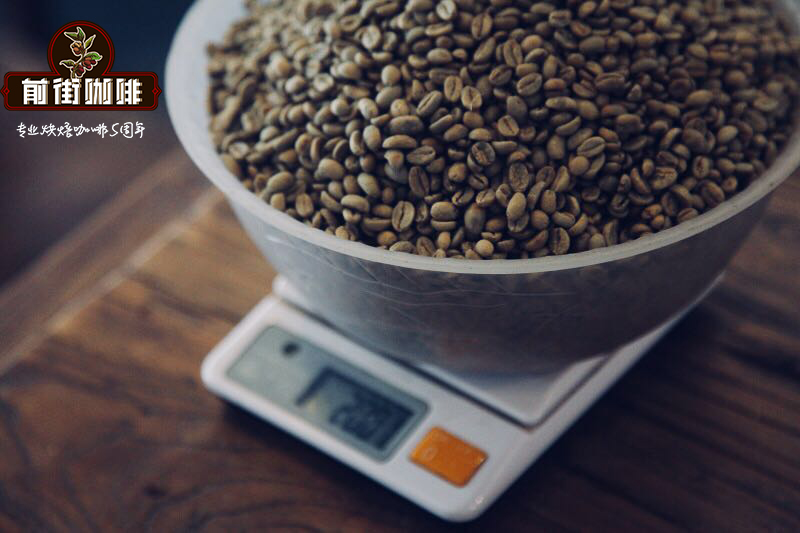
For professional baristas, please follow the coffee workshop (Wechat official account cafe_style)
Qianjie wants to share a heavyweight coffee today. These are sun-tanned coffee beans from Yega Xuefei, which is the champion of the TOH suntan group in 2019, named-aricha. Aricha is the highest G1 rated by Ethiopia's ECX, and the bean has a surprisingly high score of 95 on the international cup testing website Coffee Review, indicating its high quality. From the appearance, consistency and freshness of raw beans to the dry aroma and flavor of coffee are excellent. Sun Yegashifi Arica is produced in the Kebel Aricha processing plant, so it is named after the treatment plant. Why on earth can this bean behave like this? look at the front street to show you the story behind it from the beginning.
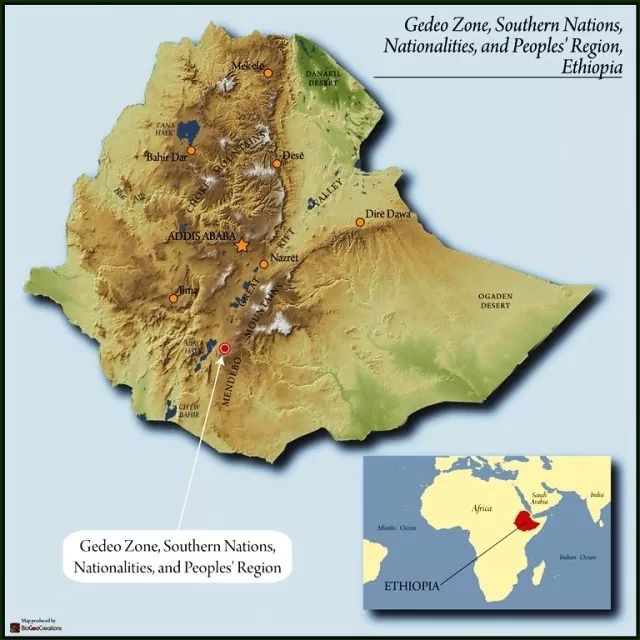
Brief introduction of producing area
Yega Xuefei is a small town in Ethiopia, 1700-2100 meters above sea level. It is one of the highest coffee producing areas in the world and is synonymous with Ethiopian boutique coffee. Lake Turkana, Lake Abaya and Lake Chamo bring rich water vapor here. The Rift Valley, represented by Misty valley, is foggy all the year round, like spring all the year round, with a gentle breeze, cool and humid, and thousands of coffee trees thrive, giving birth to the unique and unpredictable atmosphere of Yejia Xuefei's unique fragrance of flowers and fruits. Misty Valley, the misty valley of Yega Sheffield, since the introduction of water washing technique in the late 20th century, the number of defective beans in this area has been greatly reduced, which has made the coffee beans in this area become popular among coffee fans all over the world. Abdullash Bagersh, a local coffee merchant, misses the traditional flavor of sun-dried beans, so he improves the treatment of sun-dried beans to improve the flavor and reduce the proportion of defects. Launch of "Idido Misty Valley, Beloya, Aricha" three very famous Yega Sheffield sun beans: Yega Sheffield Aricha, formerly known as Idido, a well-known coffee bean processing plant near the town of Yegashefi.
Grading system
Since the Ethiopian Commodity Exchange Center (ECX) came into operation in 2009, the current practice is to classify the more well-known producing areas in the broad sense, including Yirgacheffe, Wenago, Kochere, Gelena Abaya, etc., into "classic Yega Sheffei flavor" and "no classic Yega Sheffei flavor". Yes is A, no is B. There is a further way to classify ECX. Fresh coffee beans harvested in that year must be graded as primary grades and rated as G1-G3 before they are further classified into Q1 and Q2 grades in the way of SCA cup test.
The highest grade of Q1: coffee beans with a score of more than 80 points in the primary score and more than 85 points in the boutique grade score are the highest grade coffee beans. Q2 highest grade: G1 or G2 coffee beans in the primary score + 80 ~ 84.75 in the boutique grade, which is the second highest grade coffee bean.
The ECX scores were Yirgacheffe, Wenago, Kochere and Gelena Abaya. According to the score of raw beans: Q1 is the highest, Q2 is the second, the common categories are only G1-G4, regardless of washing or sun-drying beans, choosing G1 should get less defect rate and delicious coffee beans.
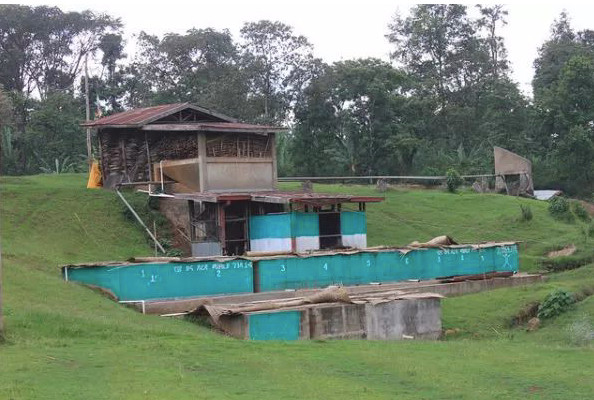
Adorsi processing plant
The suntan group of this year's Ethiopia Harvest season Cup was won by the Adorsi processing plant. The Adorsi processing plant is owned by Testi Coffee. Testi Coffee, a coffee export company run by the Yonis family, was established in 2009 by Faysel A. Yonis. In terms of results, the score of this championship batch fell to 91 points, while last year's Peony scored 88 points, and this year's Adorsi is as much as 3 points higher.
T.O.H
Taste of Harvest (TOH) "Harvest Monsoon Cup Test Competition" is a raw bean competition organized by the African Coffee Association African Fine Coffees Association (AFCA) among African producing countries, similar to the Cup of Excellence in Central and South America. At present, there are seven member states, namely Ethiopia, Kenya, Uganda, Tanzania, Malawi, Zambia and the Republic of the Congo. Competitions divided into regions and across Africa will eliminate batches with cup test scores less than 80 points in the preliminaries. TOH will select the highest quality raw beans from each producing area, which will be tested and scored by domestic and international judges based on the standards of the American Fine Coffee Association (SCAA).
Variety introduction
The variety of this bean is native to the region. People who often drink Ethiopian coffee should have heard of the [native species of Heirloom]. Most Ethiopian varieties will be named after this name, in fact, because there are too many varieties in Ethiopia, it is like the natural gene bank of Arabica, on the one hand, there are many varieties, and it is difficult to identify and classify them. On the other hand, the Ethiopian government is reluctant to disclose the information of these varieties for the sake of protection, so it is collectively called [Heirloom native species]. Nearly 2000 coffee varieties have been recorded in Ethiopia, including 1927 native varieties and 128 imported varieties. So just by looking at the appearance, Esther's coffee variety is "Grand View Garden", which has everything, long, short, thin, fat.
Treatment method
This bean is treated in the sun.
1. Harvest ripe coffee fruit 2. First pick out impurities and inferior beans 3. Select floating beans: pour the coffee fruit into the sink, the ripe and full fruit will sink to the bottom of the sink, and the immature or incomplete fruit will surface.
4. Sun-drying: remove the ripe coffee fruit that sank at the bottom of the sink and spread it in the sun-drying field to reduce the moisture content from 70% to about 10-12%. Turn the fruit several times a day to dry evenly, and cover it at night to avoid moisture.
5. Remove the shell: after about two to four weeks of exposure, the outer layer of the coffee seed has been dry and hard, and then use a sheller to remove the shell.
Qianjie coffee roasting analysis roaster Yangjia 800N (roasting capacity 300g)
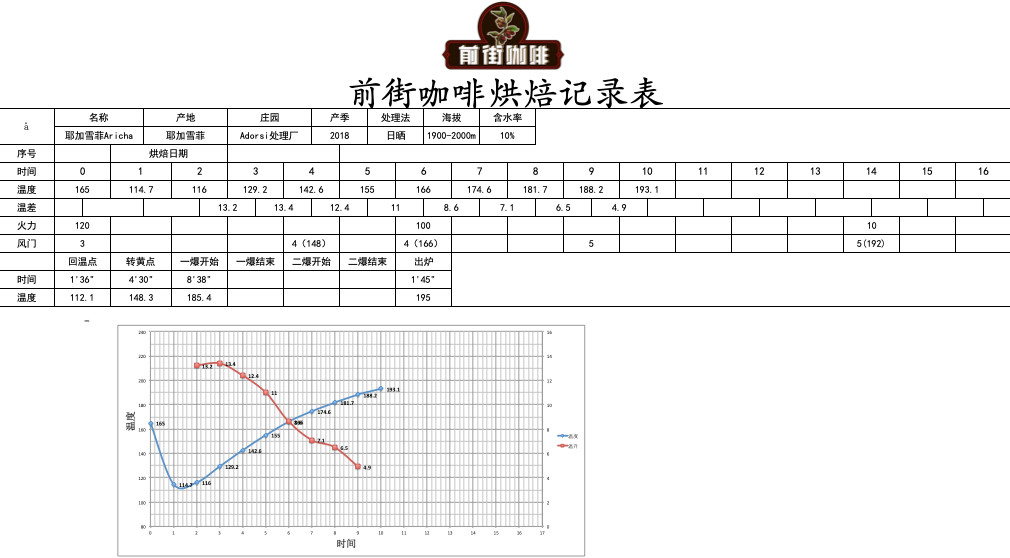
The furnace temperature is 165℃, the firepower is 120mm, and the throttle is set at 3; the temperature recovery point is 1mm. When the temperature is 148℃, the throttle is opened to 4, and the firepower remains unchanged; when the furnace temperature is 166℃, the bean watch turns yellow, the smell of grass disappears completely, and enters the dehydration stage, the firepower remains unchanged, and the throttle is 5. The smell of toasted bread has obviously changed to the smell of coffee, which can be defined as a prelude to an explosion. At this time, it is necessary to listen carefully to the sound of the explosion point. When the sound of the explosion point begins to explode, the throttle will remain the same. After the explosion, the development of the bean surface will be changed, and the smell of the toast will obviously turn to coffee, which can be defined as a prelude to an explosion.
Aricha color value of Qianjie coffee
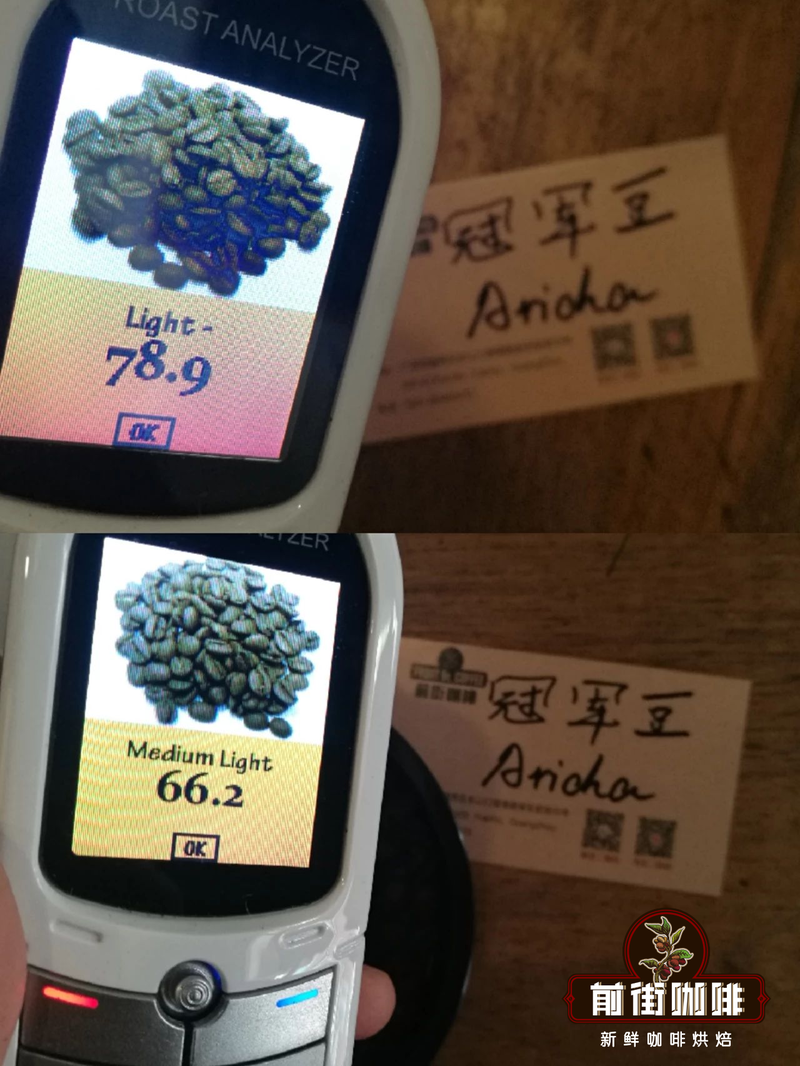
Agtron bean color value 66.2 (bottom), Agtron pink value 78.9 (above), Roast Delta 12.7 value
Qianjie coffee cup test flavor: grape juice, jackfruit, fermented wine, citrus, lemon
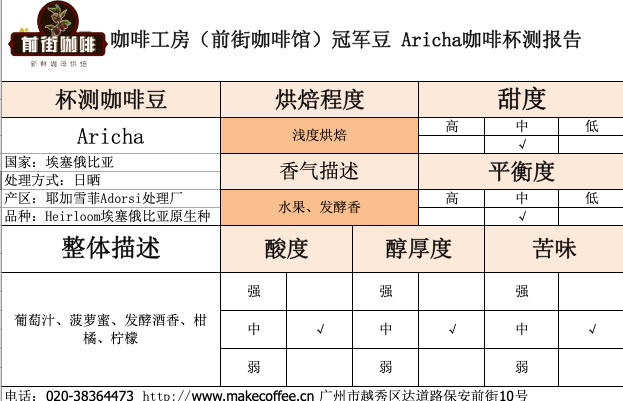
Yega Xuefei Aricha sun
Production area: Yega Xuefei Adorsi processing Plant
Altitude: 1900-2000m
Treatment method: insolation
Grade: G1
Variety: Heirloom native species
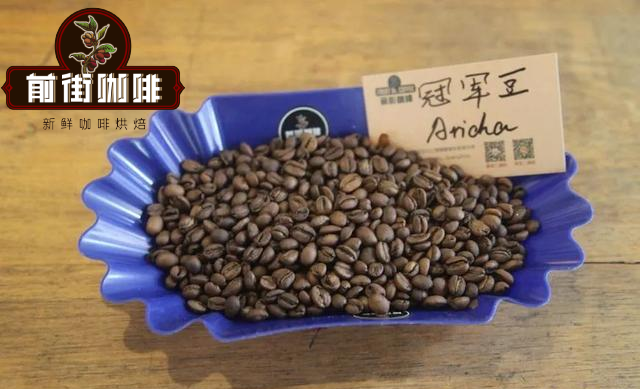
Qianjie Coffee hand-made suggestion
Filter cup: V60 water temperature: 90-92 ℃ powder / water ratio: 1:15 Grinding degree: medium and fine grinding, that is, fine sugar thickness (BG-5R)
Flushing and cooking technique: segmented extraction. Steam with 30 grams of water for 30 seconds, small flow circle injection to 125 grams, continue to inject water to 227 grams when the water level is about to be exposed to the powder bed, remove the filter cup when the water level is about to be exposed to the powder bed, and the extraction time is 2 minutes.
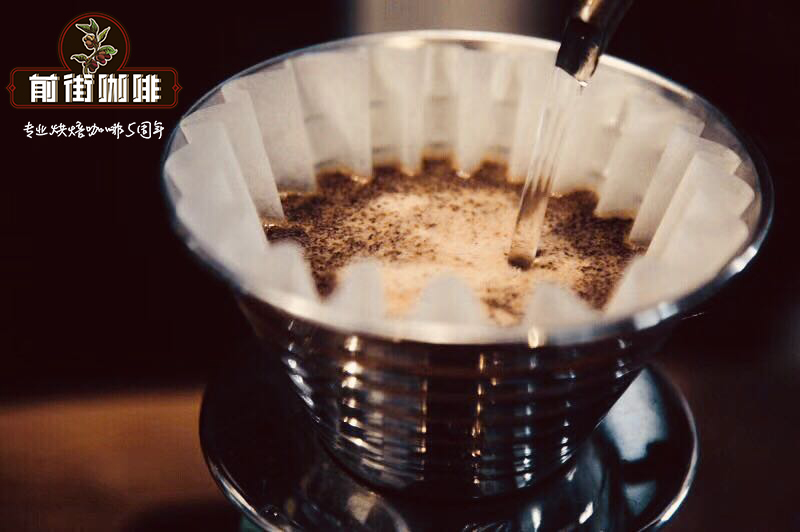
When boiled with a V60 filter cup, it smells of ripe fruit, the entrance has obvious fermentation aroma, green extract, the temperature drops slightly, there is the acidity of lemon, the smoothness of cream, and the juicy feeling of ripe grapes at the end.
For more knowledge of boutique coffee, please add private Wechat Qianjie Coffee WeChat account: kaixinguoguo0925
Important Notice :
前街咖啡 FrontStreet Coffee has moved to new addredd:
FrontStreet Coffee Address: 315,Donghua East Road,GuangZhou
Tel:020 38364473
- Prev
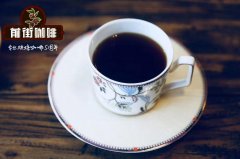
The siphon pot Yega Fischer technique recommends the down pressing method, the mixing method, the pendulum method and the cross method.
The siphon pot Yega Fischer technique recommends downward pressing, stirring, pendulum and cross Cochell (Kochere) is a small production area about 25 kilometers southeast of Yegashifi. The coffee beans harvested come from local small coffee farmers and are composed of a large number of small coffee farmers. The average cultivated area of these small farmers is about 1 hectare and the planting altitude is high.
- Next
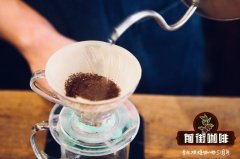
How to cook a delicious Yejia Xuefei? What's the difference between washing and tanning?
How to cook a delicious Yejia Xuefei? What's the difference between washing and tanning? [according to the ratio of 8 grams of powder to 150 milliliters of 93 degrees hot water in the cup, let the coffee soak for 3-4 minutes until the coffee residue shell is formed] the difference in taste: the sun is a little complicated, light fermented wine, bitter taste will be more intense, the taste will be much more rich, honey sweet, cocoa rhyme
Related
- Detailed explanation of Jadeite planting Land in Panamanian Jadeite Manor introduction to the grading system of Jadeite competitive bidding, Red bid, Green bid and Rose Summer
- Story of Coffee planting in Brenka region of Costa Rica Stonehenge Manor anaerobic heavy honey treatment of flavor mouth
- What's on the barrel of Blue Mountain Coffee beans?
- Can American coffee also pull flowers? How to use hot American style to pull out a good-looking pattern?
- Can you make a cold extract with coffee beans? What is the right proportion for cold-extracted coffee formula?
- Indonesian PWN Gold Mandrine Coffee Origin Features Flavor How to Chong? Mandolin coffee is American.
- A brief introduction to the flavor characteristics of Brazilian yellow bourbon coffee beans
- What is the effect of different water quality on the flavor of cold-extracted coffee? What kind of water is best for brewing coffee?
- Why do you think of Rose Summer whenever you mention Panamanian coffee?
- Introduction to the characteristics of authentic blue mountain coffee bean producing areas? What is the CIB Coffee Authority in Jamaica?

